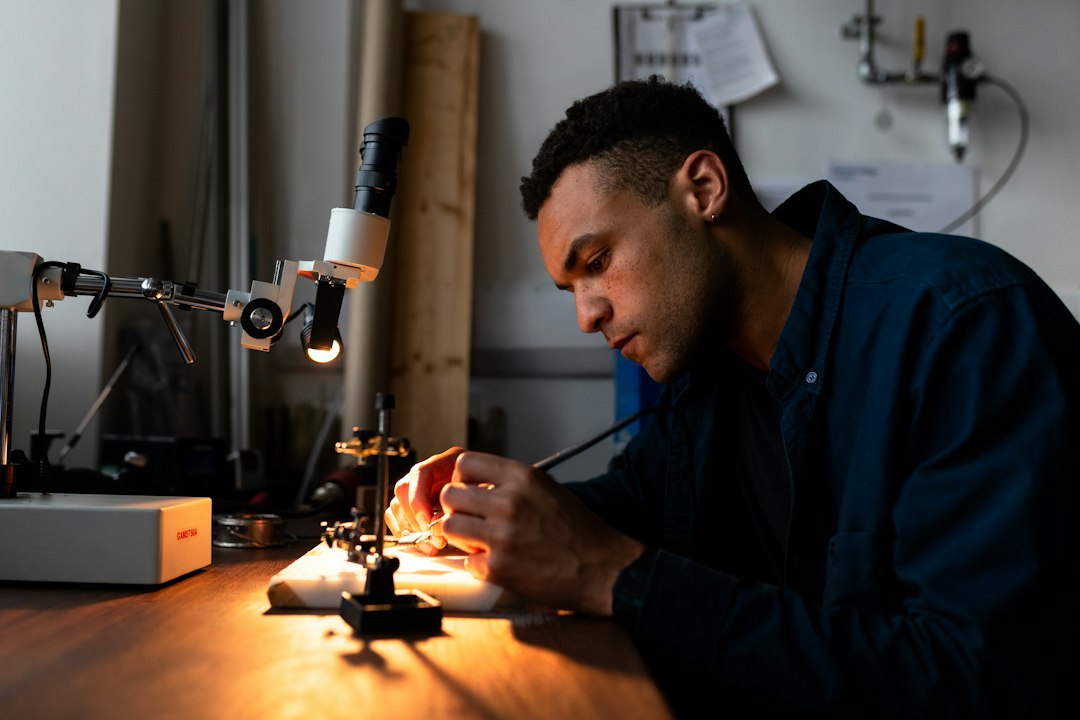The Intersection of Engineering and Medicine: Biomedical Device Innovation
In the modern world, technology and healthcare are two rapidly evolving fields that are constantly intertwining to reshape society. One of the most exciting areas where these two domains converge is in the intersection of engineering and medicine, particularly in the realm of biomedical device innovation. By combining engineering principles with medical knowledge, engineers are able to design and create groundbreaking devices that have the potential to revolutionize healthcare as we know it.
Biomedical devices, also known as medical devices, are instruments, apparatuses, machines, or implants that are used to diagnose, monitor, treat, or alleviate diseases and medical conditions. These devices come in various forms such as diagnostic tools, prosthetics, implants, robotic surgical systems, and even wearable technology. The common goal of all biomedical devices is to improve the quality of life for patients, enhance medical procedures, and ultimately save lives.
The importance of biomedical device innovation cannot be overstated. As our population ages and chronic diseases become more prevalent, the demand for effective medical devices continues to grow. Biomedical engineers tackle this challenge by applying their knowledge of biology, chemistry, physics, and engineering principles to develop or improve existing medical devices. Whether it is a device that delivers medication with precision, a prosthetic limb that mimics natural movement, or an imaging tool that aids in disease detection, biomedical engineers are at the forefront of this life-saving technology.
One area where the intersection of engineering and medicine has had a profound impact is in the field of robotic surgery. Robotic surgical systems, such as the da Vinci Surgical System, have the potential to revolutionize minimally invasive surgeries. These systems provide surgeons with enhanced dexterity, precision, and control, enabling them to perform complex procedures with smaller incisions, reduced pain, and faster recovery times for patients. By combining engineering expertise with medical knowledge, these devices have transformed the way surgeries are conducted, leading to better patient outcomes and improved surgical techniques.
Another exciting development in biomedical device innovation is the rise of wearable technology. With advancements in materials science, sensors, and data analytics, engineers have been able to create wearable devices that monitor and track vital signs, activity levels, sleep patterns, and even detect abnormalities in real-time. These devices, such as fitness trackers and smartwatches, empower individuals to take charge of their health by providing personalized insights and encouraging healthy behaviors. Wearable technology is also being utilized in the healthcare industry to monitor patients remotely, reducing the need for hospital visits and improving patient care in the comfort of their own homes.
Furthermore, biomedical engineers are also developing cutting-edge prosthetics that aim to restore mobility and functionality for individuals with limb loss. Prosthetic limbs have come a long way from the mere replacement of lost limbs to devices that can simulate natural movements and provide sensory feedback. These advancements not only greatly enhance the quality of life for amputees but also allow them to engage in activities they previously thought were impossible. Through biomechanics, materials science, and engineering design, these devices are continuously evolving to better mimic the human body’s intricate movements.
In addition to these examples, biomedical device innovation also encompasses a wide range of other devices such as implantable devices like pacemakers, artificial organs, and drug delivery systems. By leveraging the principles of engineering, researchers and engineers are developing devices that deliver medication precisely to targeted areas, implantable sensors that monitor vital signs, and artificial organs that can replace failing or damaged biological organs. These breakthroughs not only improve patient outcomes but also have the potential to save lives and alleviate the burden on healthcare systems worldwide.
Overall, the intersection of engineering and medicine in biomedical device innovation is reshaping the future of healthcare. Engineers play a crucial role in bridging the gap between technological advancements and medical needs, leading to the development of life-saving devices that improve patient outcomes and enhance the overall quality of healthcare. As technology continues to evolve, biomedical engineers will continue to push the boundaries of what is possible, further revolutionizing the field of medicine and transforming the way healthcare is delivered. The potential for innovation in this field is limitless, and the future holds even more exciting possibilities for the intersection of engineering and medicine.
